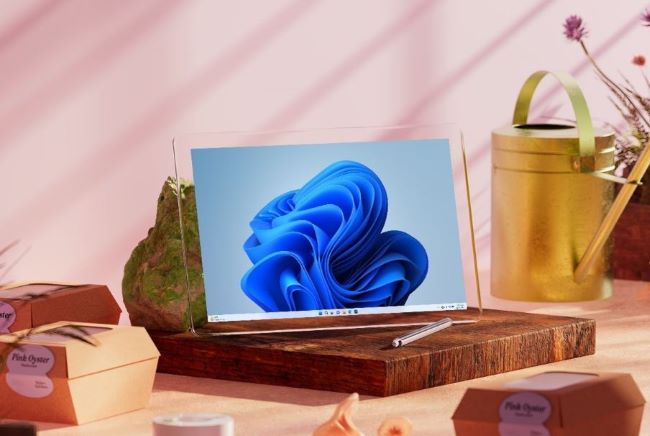
If you're fed up with us reminding you to use a password manager to remember all your passwords (that you definitely aren't reusing), passkeys could be a great alternative to boosting your security. They let you ditch passwords entirely for a brand of two-factor-authentication that's more secure and more convenient than unique passwords have ever been.
Passkeys are a way to use your phone or another device as a way to securely login to different sites and services. It's something you've been able to use on your phone for a while now, but Passkeys are now a part of Windows 11, and you can start using them right now.
How to use passkeys on a website
You can use passkeys on a range of websites, but for our example we're going to use Gmail. You can find a list of services that are compatible with passkeys, on Passkeys.io.
Step 1: Navigate to the Google Passkey page, here. Log in if prompted, then select Create a passkey.

Step 2: A popup will appear asking you to either confirm your identity using Windows Hello, or set it up initially. If you haven't set it up, do so by following the onscreen prompts. If you have, use your biometric or other login system to confirm your identity to make the passkey.
If Google gives you a choice of device, select your computer before completing the Windows Hello login.
Step 3: Now that you've created a passkey, it's a good idea to test that it's working. Navigate to your Gmail account, then logout and try logging in again. Now, when you try to do so, Google should prompt you to use your passkey instead of your password. Select Continue to do so (or select Try another way if you'd rather use your password like normal).
Step 4: A Windows Hello popup should appear, prompting you for your biometric login, your pin code, or a security key, depending on how your Windows Hello is configured. Give it, and select OK.

Step 5: That should log you in to your Google account. You now have quick passkey login for Google. It should be stored across multiple browsers on the same device, too, so if you login with a different compatible browser instead, you can use your passkey then and there.
You can add passkeys for other websites, though the process for adding them will be slightly different depending on the website.
How to manage passkeys in Windows 11
You can take a look at all your passkeys in Windows 11. You can't do much with them beyond delete any you no longer want or need, but it's a good way to check out which services you have set up for passkey use.
Step 1: Open the Windows 11 Settings menu by pressing the Windows key + I keyboard shortcut.
Step 2: Select Accounts from the left-hand menu.
Step 3: Select Passkey settings.
Step 4: From this screen you can browse or search through your list of passkeys. To delete any of them, select the three-dot menu from the right-hand side and select Delete.
What are passkeys?
Passkeys are a secure alternative to password-logins that use a known-safe device, like your Windows 11 desktop, to confirm your identity.
Passkeys have two main components: a public key held by the website or service you want to login to, and a private key, held by your device. When you try to login to the site or service, your device verifies you using your private key, but without providing it to the service. That means that there's no chance of your security being compromised, and it makes it impossible to reverse engineer your passkey. Beyond making it so you don't have to remember complicated, unique passwords anymore, passkeys give hackers another step they have to take to compromise your accounts, which makes it much less likely to be worth their time and effort.
Passkeys let you enter a username/email, and then confirm your ID through your passkey -- which can be as simple as showing your face to your webcam, thanks to Windows Hello.
Passkeys are a password and two-factor-authentication system rolled into one.



